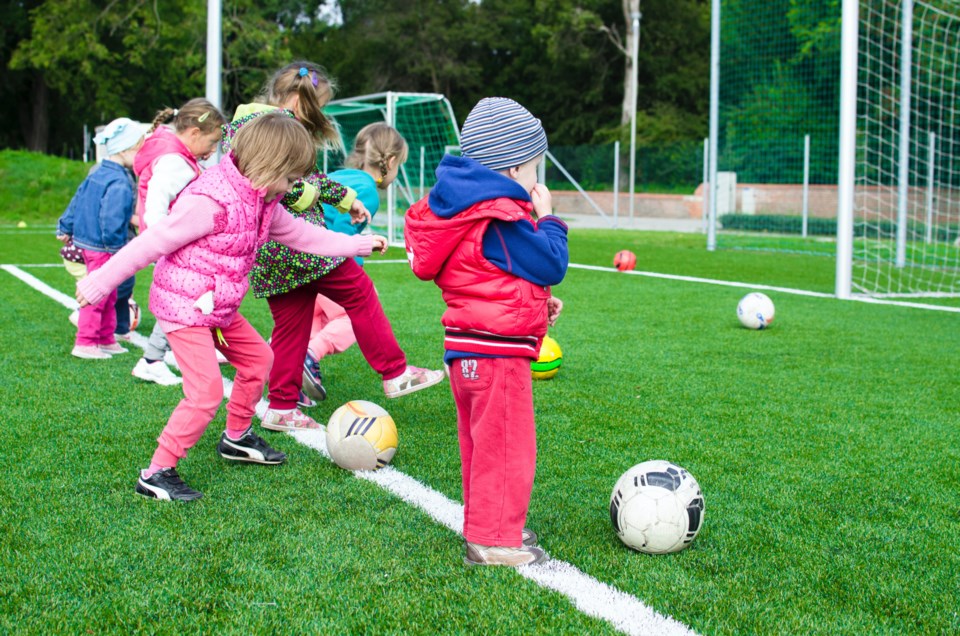Boulder County resident and mom of three, Brandy Neher knows a lot about kids and peer pressure.
“I didn’t really think it was an issue in elementary school until I had my daughter, and all of a sudden I found myself arguing with an eight-year-old over what she could wear or if she was too young for make-up. Her friends would pick on her if she wasn’t doing the same things. We just never expected these discussions at such a young age,” Neher said.
Like many parents, Neher anticipated peer pressure once her children hit their teenage years, but she wasn’t ready to address the issue in early adolescence.
Research shows that peer pressure begins at an early age, with children as young as six recognizing the value of group loyalty and feeling the pressure to conform. Fueled by social media and changes in society, peer influence is impacting younger children and has grown more pervasive.
People are creatures of habit, which explains why most of us follow the patterns of others when we speak or get dressed. Children and teenagers are even more disposed to mirroring the behaviors of peers thanks to brain chemistry. Research has demonstrated that the brains of younger people tend to activate the medial prefrontal cortex, which is the region of the brain responsible for understanding others and mimicking their behavior. Structurally, the teenage brain is wired to obsess over the thoughts and actions of others.
Adolescents may have more susceptibility to peer pressure simply because they have less information as compared to older children. In a recent study, researchers at the University of Southern California expected to find that pressure from peers to smoke cigarettes peaks in high school. Instead, they discovered that pressure to smoke is greater in middle school than in high school.
Psychologist Brett Laursen has another theory about why preteen youth may be more heavily influenced by their peer groups.
“Children are heavily supervised by adults, and their comings and goings are pretty carefully monitored,“ Laursen said. “As you move into middle school, things change pretty dramatically, and suddenly you’re navigating a world with only superficial adult supervision.”
Young people are also influenced by “virtual peers.” According to Common Sense Media, 90% of children and teens use social media. On Facebook, children can reject and ostracize others instantly – and publicly.
Laursen added that social media can normalize bad behavior.
“Social sites make it seem like everyone is doing it, whatever ‘it’ happens to be. It could be taking sexually provocative pictures of yourself and sending them to someone you have a crush on or it could be forwarding that same picture to all your friends,” he said.
Peer pressure isn’t all bad, though. According to Tina Rosenberg, author of Join the Club: How Peer Pressure Can Transform the World, peer pressure can motivate positive personal changes such as joining a team sport, along with large-scale, sweeping social movements, such as civil rights and gender equality. Positive peer pressure helps maintain self-confidence and a sense of belonging and meaning, Rosenberg argued.
“And importantly, it’s more fun for your child to have good friends with similar values,” she said.
Rosenberg suggested that parents connect their own social media accounts to those of their children, making it easier to monitor the influence their child might be experiencing. She also suggests that a strong parenting presence can have a protective effect against negative peer pressure.
“In general, when children are appropriately supervised by adults and adults are actively involved in their lives, both at a physical and emotional level, they are less susceptible to peer pressure,” she says.
Neher took another kind of action.
“I started limiting my daughter’s time with peers I thought might be negatively influencing her, and encouraging relationships with kids we thought were a better influence,” she said.



.jpg;w=120;h=80;mode=crop)